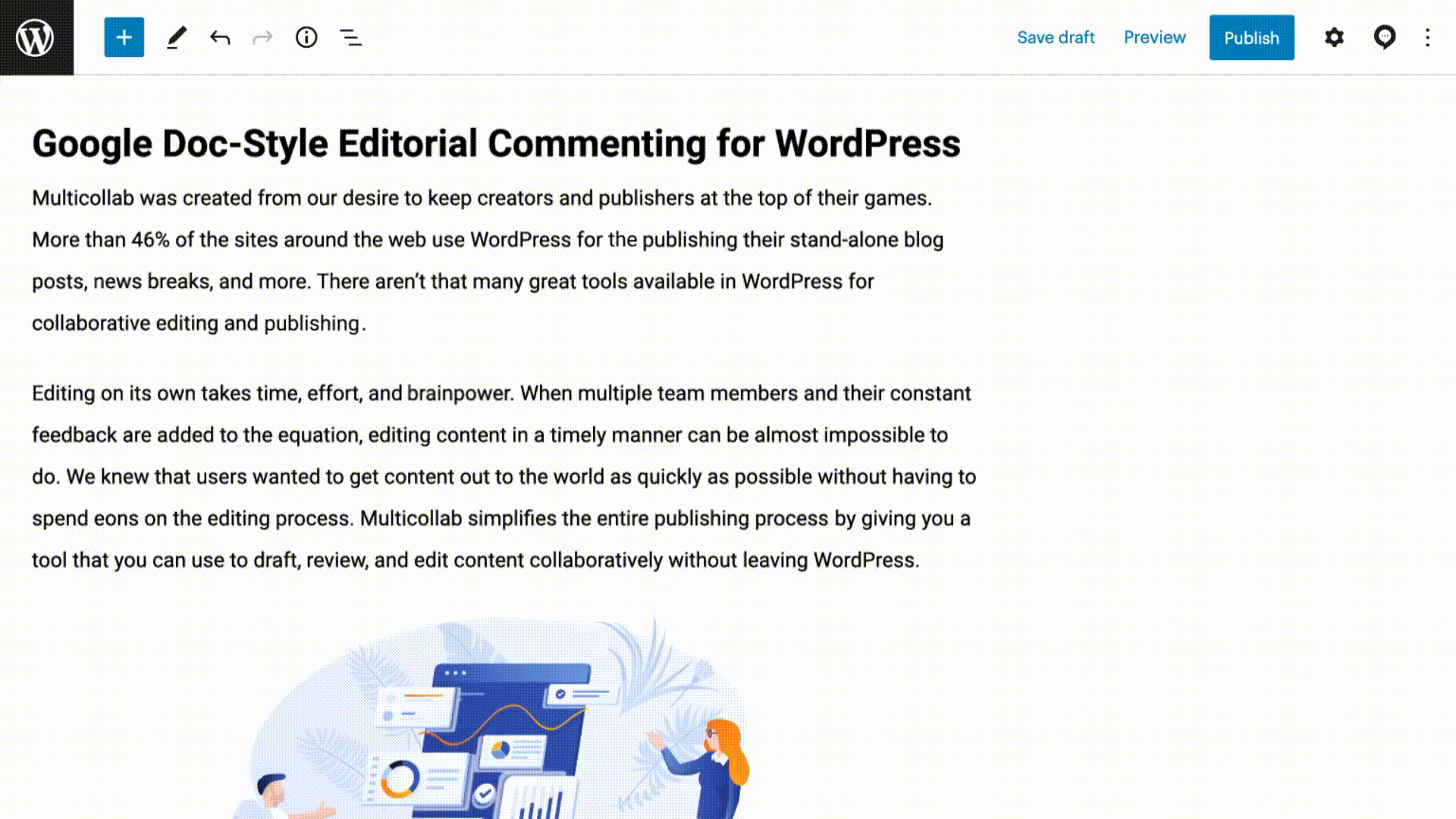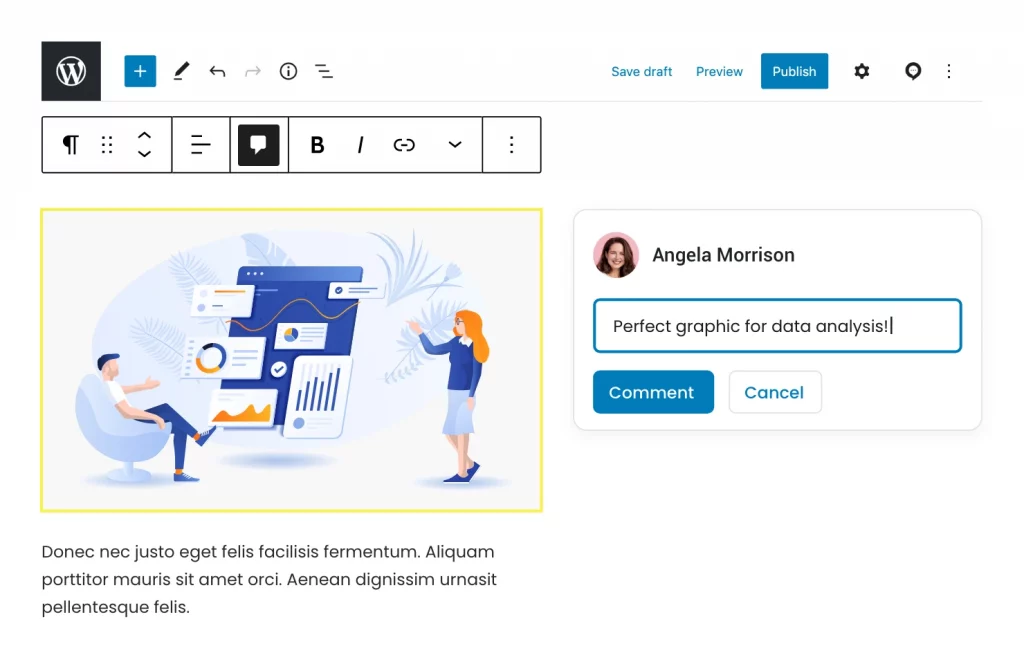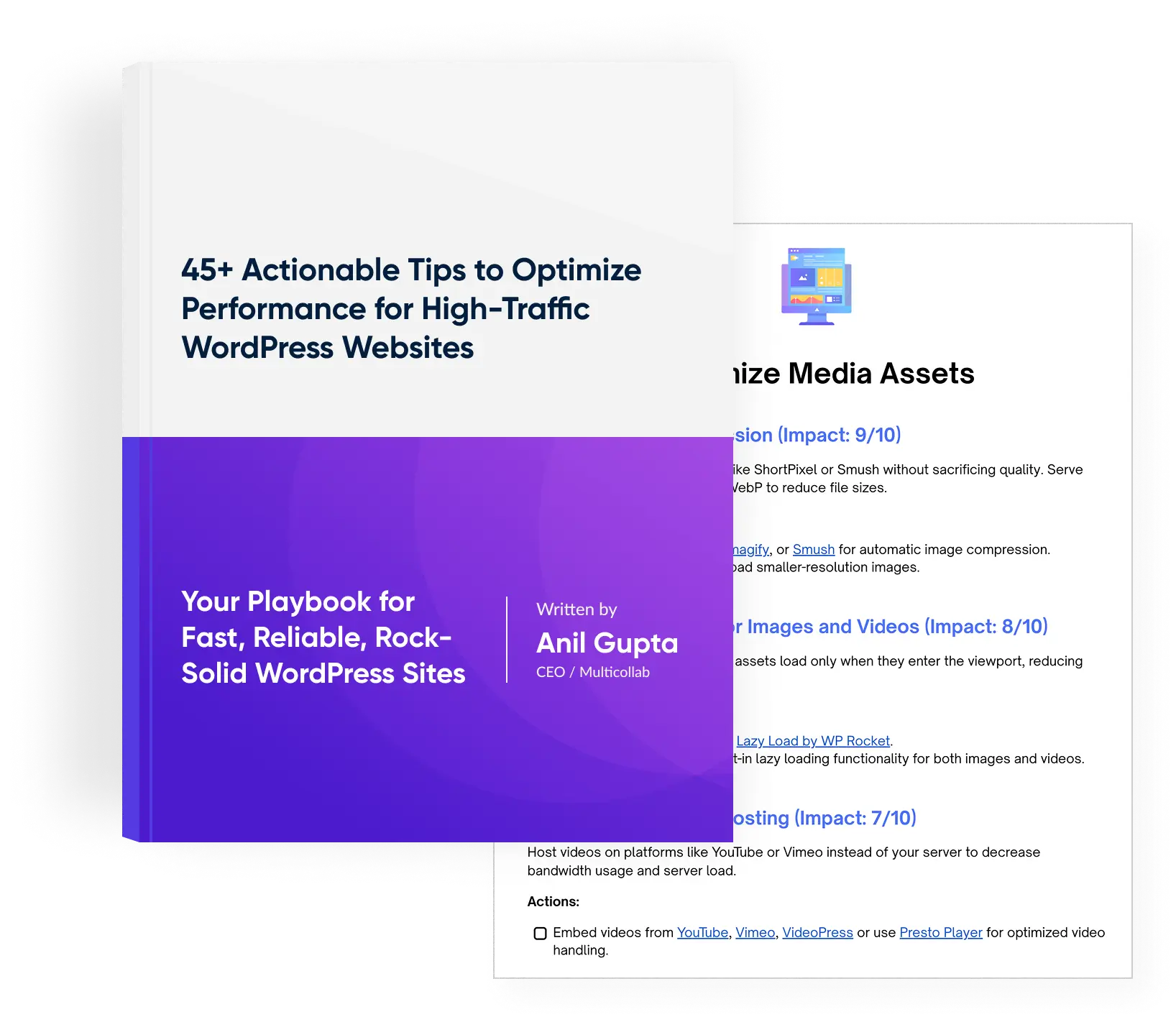Table of Contents
Co-editing typically refers to the ability of multiple users to simultaneously edit and collaborate on the same document or content. In the context of WordPress, this involves multiple users working on the same post or page at the same time.
If you are a content writer, reviewer, manager, editor, etc., you must have used apps like Google Docs or Microsoft Office 365, which offer collaborative editing features. These editorial collaboration tools not only let users simply edit documents but also project management tools that help them enhance their collaborative output.
It has now become the norm as more WordPress content teams are becoming distributed. Co-editing helps these teams, and in-office teams as well, create better content in a shorter duration of time. Here’s why you need to start co-editing in WordPress.
How does Co-editing benefit WordPress collaboration?
The WordPress collaborative editing process helps remote and even in-office content creation teams write good content fast. Here are the key benefits of co-editing in WordPress.
1. Shorter production timelines
By collaborating with multiple authors at the same time, you can considerably decrease the time required to produce a well-written post. Here is how WordPress multi-author editing shortens the content production timeline.
- Different perspectives: With multiple authors collaborating, they can discuss their approaches while writing on a topic. This helps them decide the best plan of action.
- Division of labor: After the outline is done, different writers can work on different sections within the article.
- No more writer’s block: Whenever an author runs into a creative roadblock while writing, they can immediately ask for ideas or tactics they can implement and keep going.
Co-editing in WordPress also helps the contributing writers communicate better by enabling asynchronous collaboration.
2. Asynchronous collaboration among authors
It refers to a form of communication that doesn’t happen in real-time. Asynchronous communication is particularly beneficial for teams that are distributed across different time zones.
Through co-editing, authors can work on their own time and share feedback with each other, just like in Google Docs. This improves the quality of collaborative editing as the other team members can work whenever they want to.
Some other benefits of asynchronous communication include:
- Less chatter on communication channels: This means the email chains will be shorter and there will be fewer video calls.
- Fewer interruptions during deep work: The collaborating authors can write better content if they can get back to an email/message later.
- Better communication: As there is no pressure to get back to a colleague, you can take your time to give a well-rounded reply with all the details.
WordPress collaboration in the form of multi-author editing reduces the duration of each review cycle, resulting in an overall faster content production workflow. Let’s take a look at how it helps reduce errors while writing.
3. Faster review cycles with collaboration tools
Co-authoring means the participating writers can review each other’s work immediately. There will be more than one pair of eyes on the content at all times. Due to this, there will be fewer grammatical or content errors that require thorough revisions.
Another benefit of having an editorial process is by the time the first draft of an article is completed, it will have gone through at least one review cycle. The version of the article that will be sent for client review will contain far fewer mistakes.
This will shorten the delivery time and the content development teams can create better articles faster.
But, how to enable co-editing for WordPress content developing teams? Using third-party content editing apps like Google Docs has challenges too. Moving content back and forth to the Gutenberg Editor, inability to collaborate on dynamic content, last-minute formatting changes, etc., slow down the workflow even further.
Fortunately, a WordPress collaboration plugin can make it happen.
How Multicollab WordPress plugin enables co-editing?
Multicollab, a WordPress collaboration plugin helps content development teams co-edit content directly inside the Gutenberg Editor.
Here are its salient features that make WordPress co-editing convenient.
1. Commenting and tagging like Google Docs
One of the primary requirements for co-editing in WordPress is to have the ability to add comments and tag other collaborators (as you do in Google Docs) in the Gutenberg Editor. Multicollab transforms your WordPress editor into a collaborative writing space.
Take a look at how easily you can comment and share your feedback on content.

Tagging makes asynchronous collaboration possible within WordPress. Authors can mention tasks to others and share their thoughts and questions directly. This declutters other communication channels. Take a look at how simple it is to use.
By enabling Google Docs-style collaboration in the Gutenberg Editor, Multicollab reduces the dependency on third-party content editing applications. This gives WordPress content development teams the following benefits.
- No more back and forth from the editing application to the blog editor. This saves time and makes the Publishing workflow less tedious.
- Eliminating the last-minute editing as the format of the text breaks sometimes when copied into the Gutenberg editor.
- The organizational data will be more secure. As you won’t need to provide the clients access to your internal folders, your confidential information will remain private.
Another great benefit of using Multicollab to enable co-editing in WordPress is the ease of editing dynamic and multimedia content.
2. Collaborative editing of multimedia and dynamic content
Dynamic content increases personalization and multimedia increases retention time. Both of them are necessary for creating a piece of content that’s more engaging. The challenge is collaborating on such content inside your WordPress content with the usual editing tools.
Even though commenting on GIFs and images is possible on Google Docs, you can’t do it with videos. Not to mention the formatting issue you will encounter when you move the content to the Gutenberg Editor.
WordPress collaborative editing with Multicollab makes all of that possible on the Gutenberg Editor.
Creators can share feedback and collaborate on dynamic content like CTA boxes, image sliders, etc., using comments just like they do with text content. Take a look at how you can comment on a dynamic quote block.

Collaborating on multimedia is quite similar to the way you share feedback on images and GIFs in Google Docs. Take a look.
Co-editing in WordPress is unsafe unless the permissions of authors, clients, reviewers, etc., are properly managed. Multicollab takes care of that too.
3. Managing permissions for all collaborators
Editing, suggesting, commenting, viewing, etc., are different permissions to be granted by the admin at different stages of content development. WordPress allows adding different individuals with different user roles which makes it easier.
However, manually changing the account type as the content moves from one phase to another is tiring.
Multicollab provides a simple solution to it by enabling you to change permissions for all types of accounts from a single place. All you need to do is click the checkboxes for the permissions you want to grant from a particular role. Take a look.
Conclusion
Co-editing in WordPress gives a lot of advantages to content development teams that use WordPress, such as:
- Faster production of content drafts because writers can collaborate and divide work effectively.
- Asynchronous collaboration that enables deep work resulting in quality content.
- Faster content approval as the review cycles will be shorter.
Multicollab helps WordPress content development teams leverage all the above benefits. Install it now.







